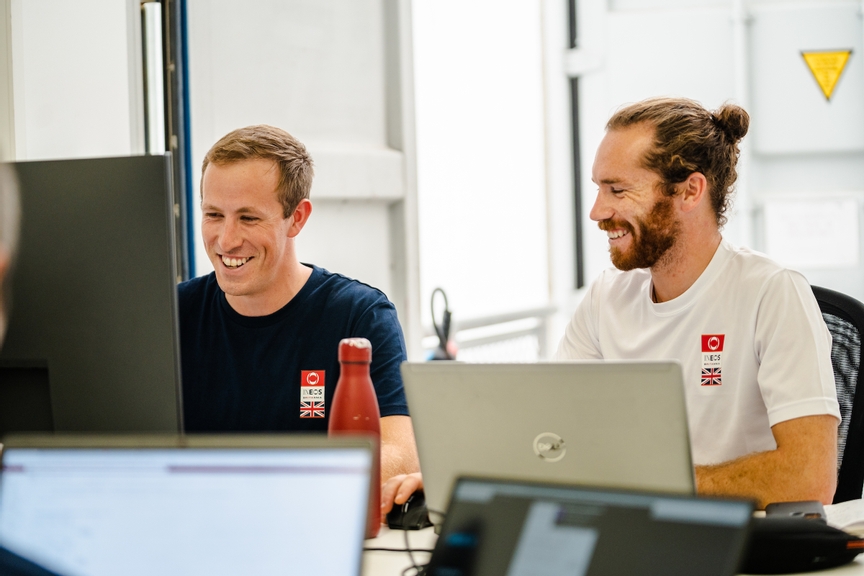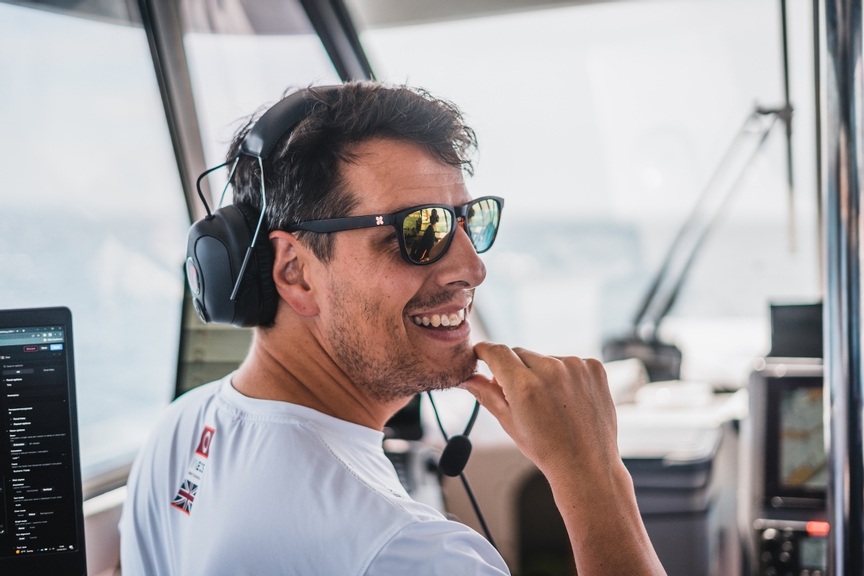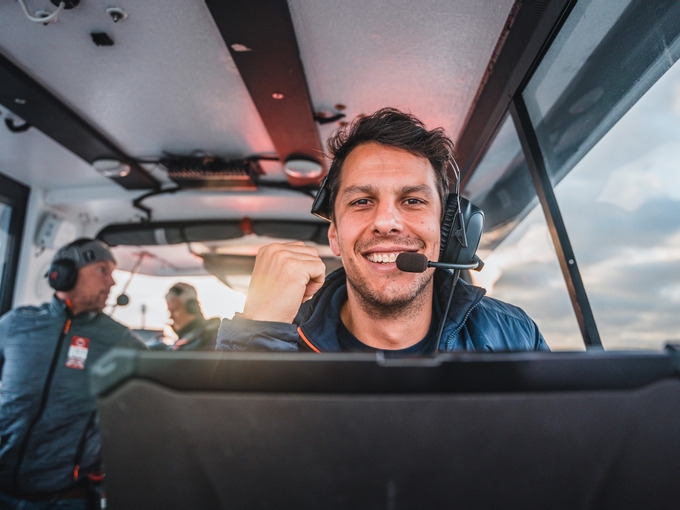Mastering the Data | Testing and Validating
This is the era of big data and success in one of the most complex and technical sporting events in the world is built on data.
The test and validation team are responsible for the data that comes off the team’s yachts before, during and after every sailing session. There are electronics system designers and engineers to put the sensors and data collection systems together and make it work, but the quality of the data and its usefulness is down to the T&V team.
 © Cameron Gregory
© Cameron Gregory
It starts with a plan – each session that the yacht does is carefully prepared to answer a specific questions about the boat’s performance. Then, before the sailing session, the team have to make sure that the sensor system is up and running, and that each of the network of delicate instruments is calibrated and will record accurately.
While the boat is sailing, the data must be monitored to check its integrity and – as far as possible – its accuracy, with constant LIVE feedback provided to the coaches and sailing crew. And afterwards, it must be collated and stored in a format that the whole team can access and use quickly and easily.
 © C.GREGORY/INEOS BRITANNIA
© C.GREGORY/INEOS BRITANNIA
How much data is involved? A lot.
There are approximately 800 sensors on the team’s testing and research boat, T6. These sensors record across 5,500 separate data channels, creating around eight billion data points every time the yacht goes sailing. And if that wasn’t enough, in the first year of sailing the team also recorded around 1200 hours of video of the yacht.
 © Cameron Gregory
© Cameron Gregory
The final task of the test and validation team is to coax from this mountain of information the nuggets of performance gold. They must comb the data with sophisticated statistical tools to look for meaningful patterns, the clues that tell the team what’s working, and what’s not. Figuring that out is the difference between winning and losing.
Our Test and Validation team:
Will Bakewell
Elvira Llabres
Tom Harrison
Dave Pollard


